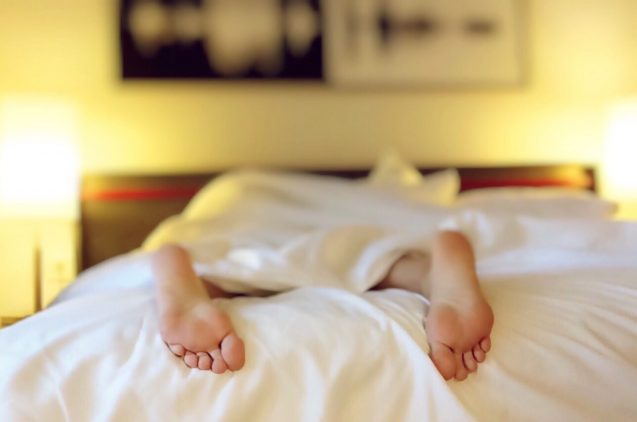Sleep Well
- Sleep Well
80% of UK adults will experience back pain at some point in their lives – so what is causing it? With this rate being so high, it is important to highlight some of the everyday activities, which, if conducted wrongly, can lead to back pain. One of the main ones to focus on is sleep – everyone does it, so it is important to know how to do it properly!
Below are some of the sleep positions that can cause you pain:
• When sleeping on your front, your head is turned slightly to the side as not to suffocate completely. As a result, this can cause a large amount of strain on the neck, which could lead to pain throughout the day. This position also means that your spine is completely unsupported, which could lead to extreme back pain.
• When sleeping on your left side with your arms completely out, you are essentially restricting blood flow and putting a large amount of pressure on your nerves; which can result in soreness in the shoulders and arms. Like sleeping on your front, the spine is completely unsupported in this position and therefore could lead to both upper and lower back pain.
• Whilst sleeping in the foetal position is a favourite amongst many, it is actually one of the worst sleep positions because of its complete lack of support for the neck and spine. As a result of the curvature of the spine in this position, neck and back pain is extremely common.
These positions can ease back pain:
• By sleeping flat on your back, your spine is completely supported, which will help ease the pain caused to the neck and back. By keeping your arms by your side, you are reducing strain on the shoulders as well.
• If you continue to feel soreness in your back after sleeping on your back, try the exact same position but with a small pillow underneath your knees. This helps your body to maintain a healthy curve in the lower back.
• If you want to sleep on your side, you absolutely can by just making sure your arms are kept down by your side instead of being stretched outwards. This actually supports the spine in the position of its natural curve.



